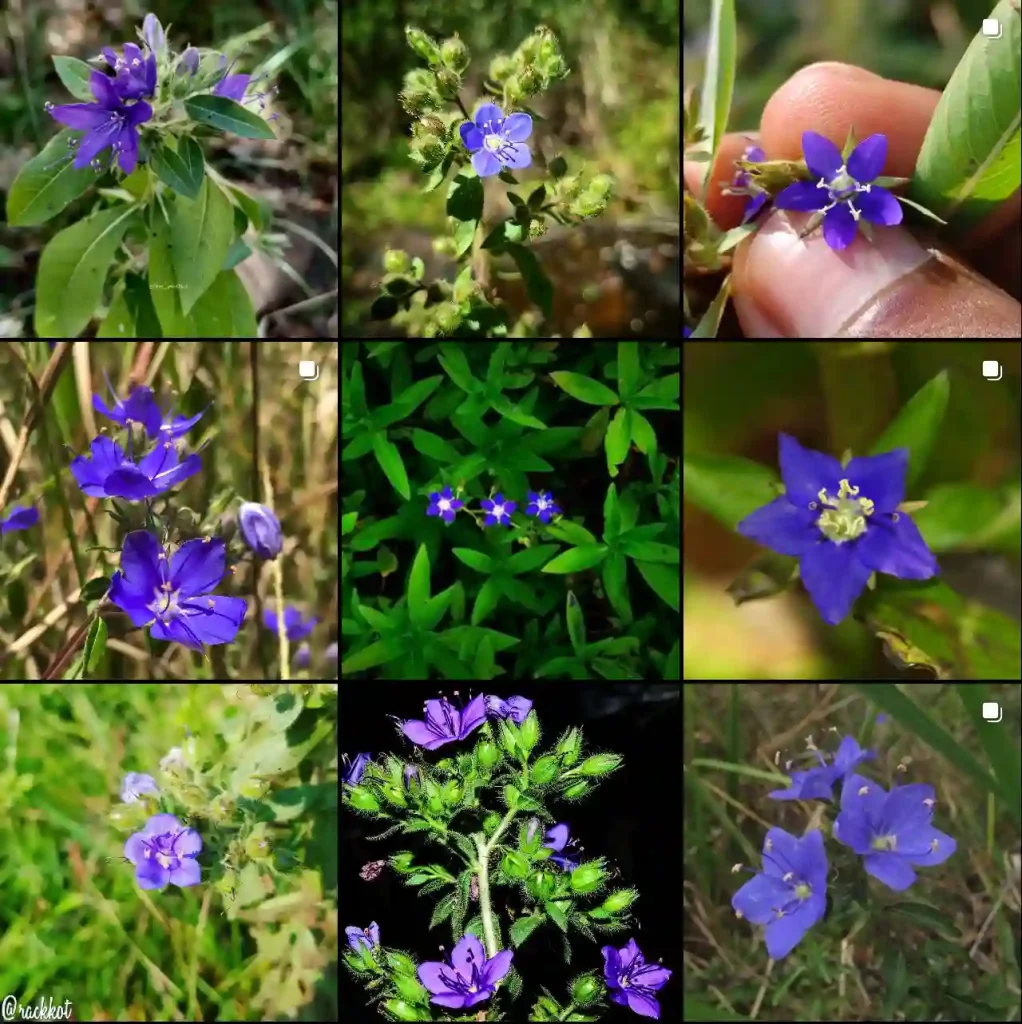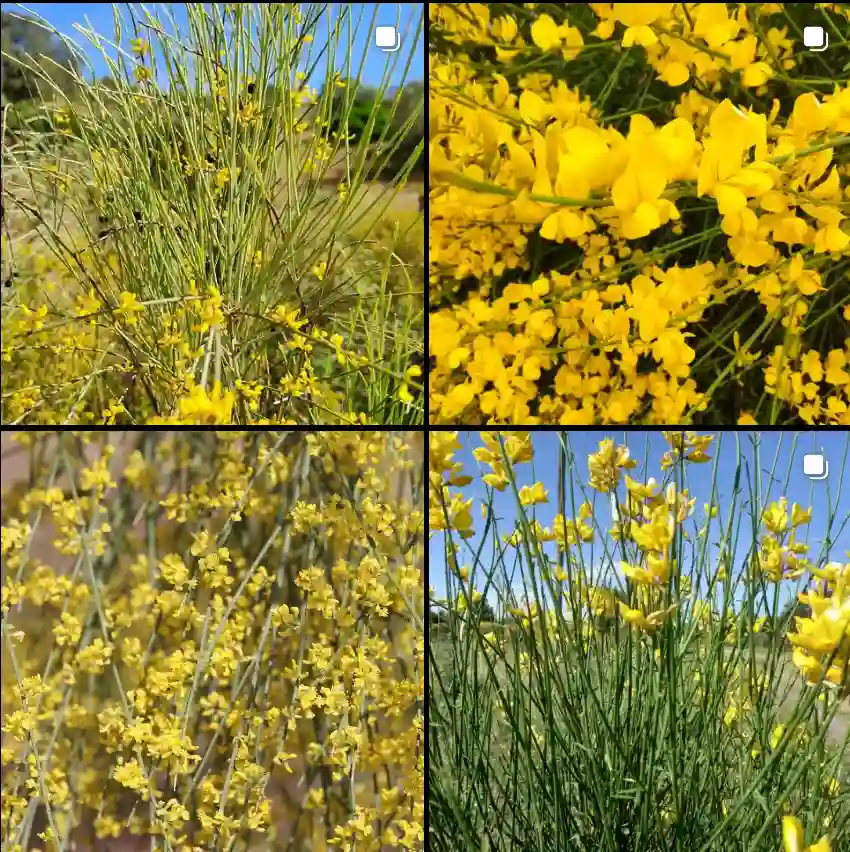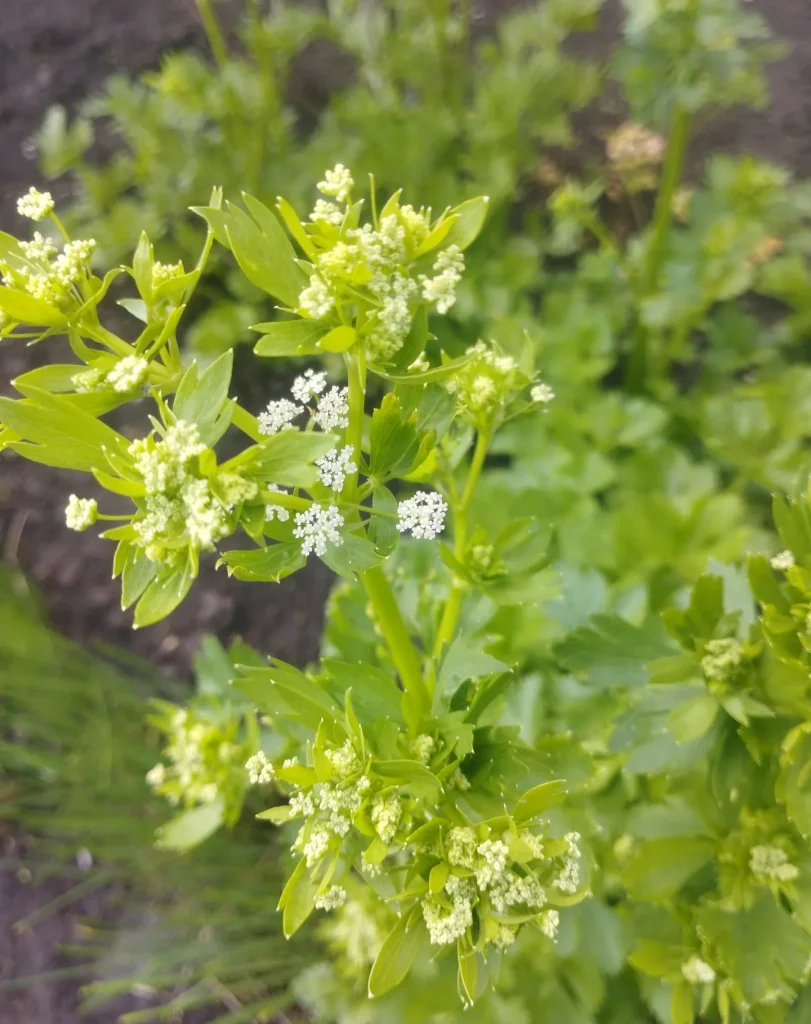
FAQs About Quercus Lyrata
As a plant enthusiast, I’ve had my fair share of experience with various tree species, and one that frequently piques interest is the Quercus Lyrata, commonly known as the Overcup Oak. If you’re considering adding this majestic tree to your landscape or simply curious about it, here are some frequently asked questions that I’ve encountered, along with my insights.
657 Species in Genus Quercus
What Is Quercus Lyrata?
Quercus Lyrata, or Overcup Oak, is a deciduous oak tree native to the southeastern United States. It is renowned for its unique acorns and distinctive foliage. The name “Overcup” refers to the cup of the acorn, which covers most of the nut, unlike many other oak species where the cup only partially covers the nut. The tree itself can grow up to 60 feet tall and has a broad, rounded canopy. It thrives in bottomland areas but can adapt to various soil types and conditions.
How to Care for Quercus Lyrata?
Caring for an Overcup Oak is relatively straightforward. Here are a few tips based on my own experience:
- Soil: This tree prefers moist, well-drained soil. However, it’s quite tolerant of wet conditions, making it ideal for low-lying areas. Avoid overly dry or sandy soils if possible.
- Light: It thrives in full sun but can tolerate partial shade. For the best growth and foliage development, plant it in a location where it receives ample sunlight.
- Watering: Regular watering is essential, especially during dry periods. Though it can handle wet soil, consistent moisture will ensure healthier growth.
- Pruning: Minimal pruning is needed for Quercus Lyrata. Remove any dead or damaged branches in late winter or early spring before new growth begins.
- Fertilization: Apply a balanced fertilizer in early spring to support robust growth. Over-fertilization can lead to excessive foliage at the expense of acorn production.
How to Propagate Quercus Lyrata?
Propagation of Quercus Lyrata can be done through acorns or by grafting. I prefer using acorns due to their relatively straightforward process:
- Collect Acorns: Gather acorns in the fall when they have fallen from the tree and are starting to turn brown. Choose healthy, undamaged acorns.
- Preparation: Soak the acorns in water for 24 hours. Discard any that float, as they are likely not viable.
- Planting: Plant the acorns in a seed tray or directly in your garden bed. Ensure they are buried about one inch deep.
- Care: Keep the soil consistently moist and place the tray in a sunny location. Germination usually occurs within a few weeks to a few months.
- Transplanting: Once seedlings have developed a few sets of leaves and are sturdy enough, they can be transplanted to their permanent location.
What to Plant With Quercus Lyrata?
When planning a garden or landscape, pairing Quercus Lyrata with complementary plants can enhance its beauty and ecological benefits. Here are some suggestions:
- Understory Plants: Shade-tolerant plants like hostas, ferns, and woodland wildflowers work well underneath the canopy of the Overcup Oak.
- Ground Cover: Consider ground covers like creeping juniper or moss to add texture and prevent soil erosion around the base of the tree.
- Companion Trees: Other oak species or larger trees like maples and hickories can complement the Overcup Oak in a larger landscape.
Is Quercus Lyrata Toxic?
One of the common questions I receive is about the toxicity of Quercus Lyrata. Fortunately, the Overcup Oak is not toxic to humans or pets. However, like many oak species, the acorns can be toxic if ingested in large quantities by livestock or wildlife due to their high tannin content. It’s always a good practice to keep pets and young children away from fallen acorns.
Benefits of Quercus Lyrata
There are several benefits to planting Quercus Lyrata:
- Wildlife Habitat: The acorns are a valuable food source for various wildlife, including deer, squirrels, and birds.
- Shade: The broad canopy provides excellent shade, making it a great choice for cooling large areas in your yard.
- Soil Improvement: The tree’s leaf litter adds organic matter to the soil, improving its structure and fertility over time.
- Aesthetic Appeal: With its unique acorns and vibrant fall color, Quercus Lyrata adds distinct visual interest to any landscape.
Common Problems with Quercus Lyrata
Despite its resilience, Quercus Lyrata can encounter a few issues:
- Pests: Watch for oak pests like aphids or oak leaf rollers. Regular inspection and appropriate treatments can help manage these problems.
- Diseases: Fungal diseases like oak wilt or powdery mildew can affect the tree. Ensure proper spacing for air circulation and avoid overhead watering to minimize the risk.
- Acorn Drop: Excessive acorn production can lead to a messy yard. While not harmful, it may require regular cleanup.
Comparing Quercus Lyrata with Other Oaks
When comparing Quercus Lyrata with other oak species, such as the White Oak (Quercus Alba) or Red Oak (Quercus Rubra), consider the following:
- Acorn Covering: Quercus Lyrata has a distinct acorn cup that covers most of the nut, unlike the shallower cup of White Oaks.
- Growth Habit: Overcup Oak typically has a more rounded crown compared to the more upright form of Red Oaks.
- Soil Tolerance: Quercus Lyrata is particularly well-suited for wet or bottomland areas, whereas other oaks may have different soil preferences.
In conclusion, Quercus Lyrata, or Overcup Oak, is a versatile and beautiful addition to many landscapes. Its unique characteristics, from its acorns to its growth habits, make it a standout choice. Whether you’re adding it to your garden or simply learning about it, understanding its needs and benefits will help you appreciate this remarkable tree even more.
If i die, water my plants!



